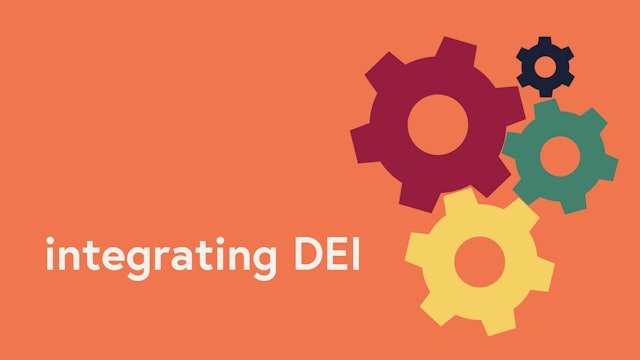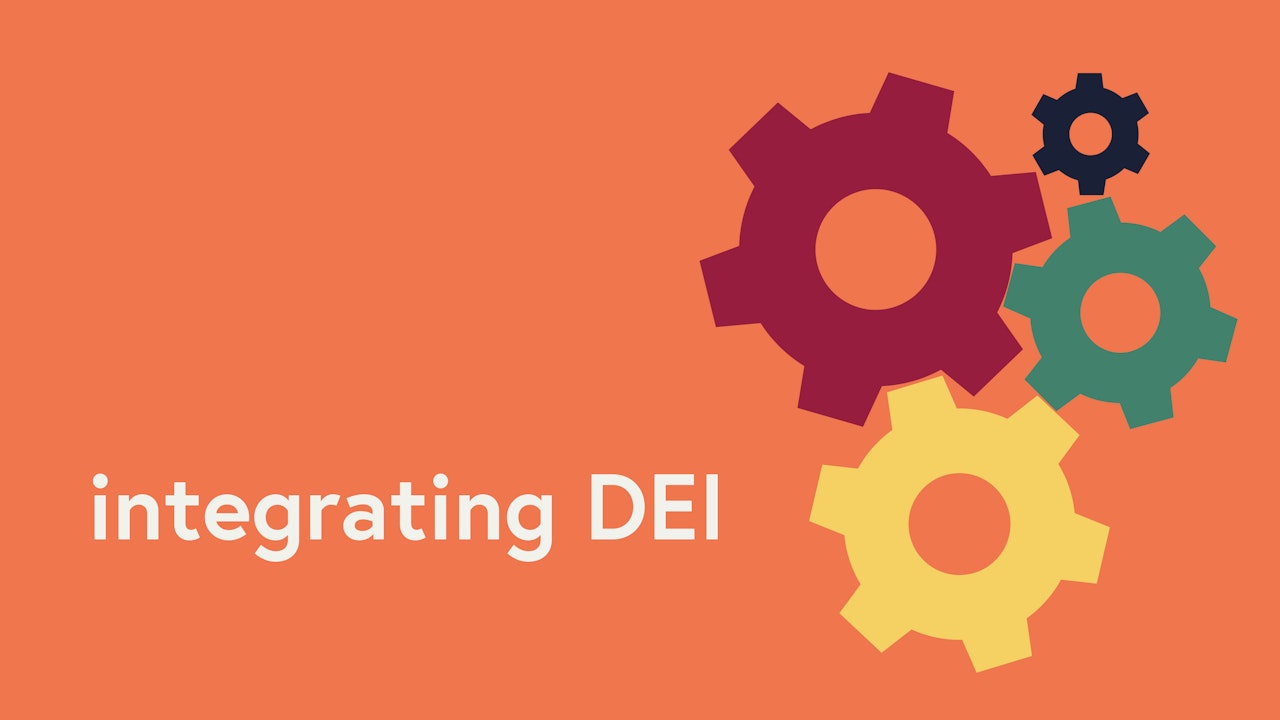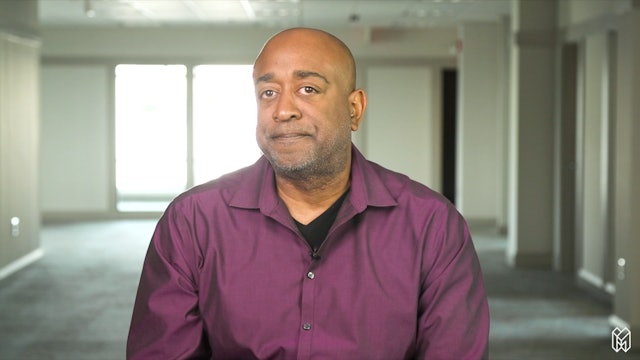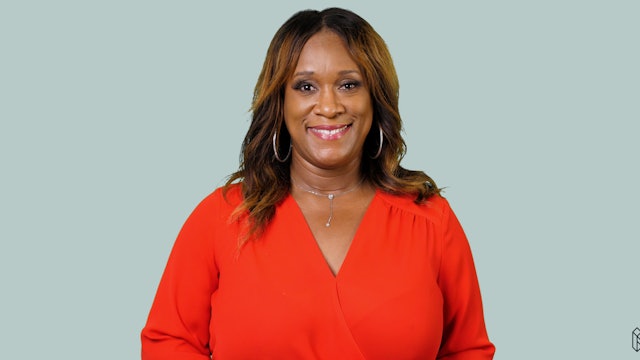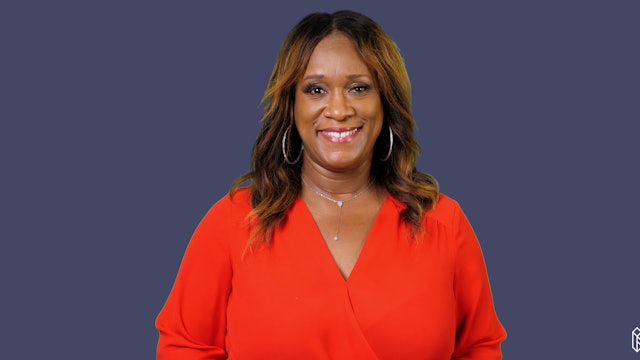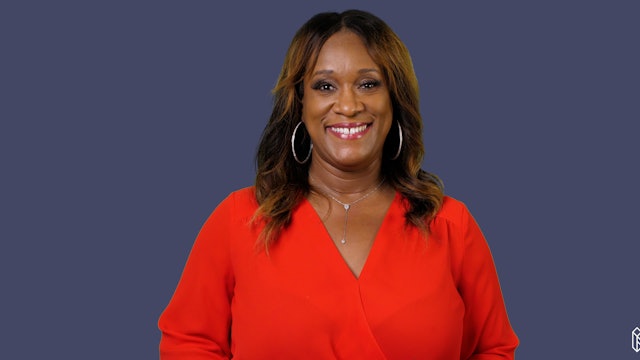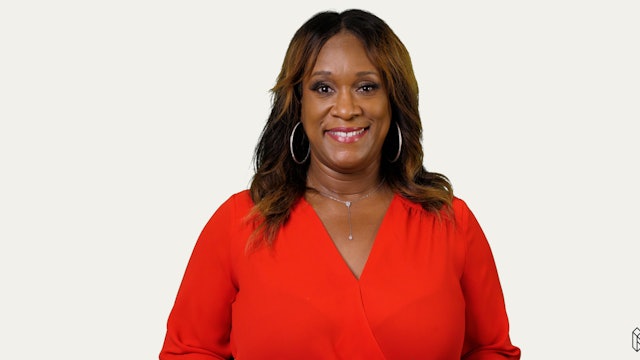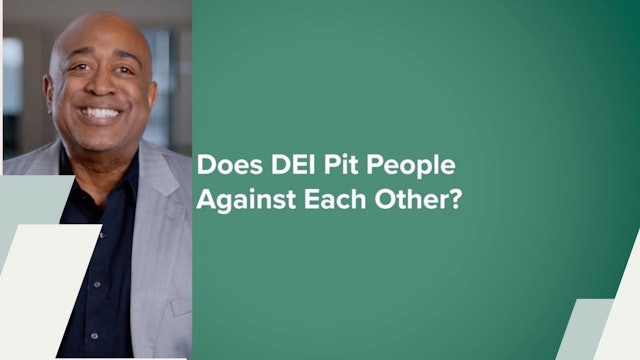-
How Do You Engage More Young Professionals in Executive Board Development?
Having diversity of age and generation is just as beneficial to board development as is having racial or gender diversity. Learn how to engage more young professionals on your board.
-
How Do I Test Employees for Cultural Competency?
Cultural competency is a crucial skill set for many employees, especially those who work for multinational companies. Learn how to test your employees for cultural competency.
-
What Initiatives Should Organizations Prioritize When Moving Past Failures?
Learn how to move past previous DEI initiative failures by re-engaging and re-energizing employees with courageous conversations.
-
Why DEI Matters on the Front Line
If you’re a frontline professional, learn how DEI training will help you to communicate more effectively, improve job performance, help your company to improve its customer service, and reach its goals.
-
What Budget Do I Need For My DEI Strategy?
Get statistics that illustrate why savvy organizations allocate 2 to 3% of their operating budget to DEI initiatives. Consider the negative, but avoidable, financial impacts of employee resignations that are driven by dissatisfaction with their company’s DEI efforts.
-
Building Stakeholder Relationships
When you're just starting out as a DEI leader, it's critical you know how to build relationships across all levels of the organization so you can create support for your objectives. Consider these five things you can do to build relationships and gain support.
-
What Does it Take to be a Successful DEI Practitioner?
Here is an insightful list of the key qualities needed to be an outstanding DEI practitioner. Get helpful tips for how to excel in this role, become a highly-effective resource for employees, and help leverage DEI to drive positive business outcomes.
-
Does DEI Actually Work?
Explore research and statistics that confirm DEI’s significant, positive impact on corporate recruiting, retention, innovation, decision making, productivity, revenue, and profitability. Consider how DEI can enhance your organization’s culture and performance.
-
Your Frontline Team is Diverse, But Is It Inclusive?
Just because your frontline team is diverse, doesn’t mean they’re being inclusive to all your customers. This challenge may be costing your business money. Training and education pathways leads to active, everyday inclusion.
-
How Do I Prioritize DEI When Teams Have Heavy Workloads?
In many organizations, DEI isn’t seen in a negative light necessarily, but it is seen as more work on top of an already overflowing pile of to-dos. At TDM, we advocate for building DEI education and initiatives into the flow of work.
-
Should I Hire a DEI Leader?
If you’re questioning whether to hire a DEI leader, consider this compelling list of reasons that justify why you should, when you should, how to manage the hiring process effectively, and the benefits you’ll receive in return.
-
3 Things You Can Do Today to Practice Intentional Inclusion
Inclusion is about respect. Start building a more respectful culture today by practicing intentional inclusion. Here are three things you can do to get started.
-
Thinking Differently About Employer Branding
Learn how performative commitments and DEI efforts can damage a brand. And learn what branding efforts are more authentic and effective.
-
How to Recruit Employees with Intellectual and Developmental Disabilities
People with intellectual and developmental disabilities serve as dedicated and valued employees at many organizations. Learn how to recruit employees who have intellectual and developmental disabilities.
-
How Can Leaders Demonstrate DEI Commitment?
Recognize that your support as a C-suite executive or board member is critical to the success of your organization’s DEI initiatives. Here are three fundamental steps you should take to demonstrate your personal commitment to DEI and ensure the best possible results.
-
Examine Your DEI Vision and Purpose
When building a systems-focused DEI strategy, the first step is to take an honest look at your DEI vision and purpose. Why do you care about DEI personally? And why should your organization care too? What are you hoping to achieve by investing in DEI?
-
How Do I Position a DEI Leader?
Carefully consider these compelling reasons to position your DEI leader at the executive level, reporting directly to the CEO, versus a member of your H.R. team. Ensure that your investment in DEI makes a powerful impact and pays real dividends by leading from the top.
-
Diversity Issues in the Tech Industry
The technology industry has a long history of diversity challenges. Women, older workers, and people of color are especially disadvantaged when it comes to advancing into leadership positions or gaining traction as startup founders.
-
Does DEI Pit People Against Each Other?
Getting along requires us to have common goals. So when we’re having conversations, it’s important to understand the commonalities between us first. DEI is a tool to understand what makes us all unique, so we can better respect and interact with one another, and come together unified under our or...
-
Why DEI Should Be the Centerpiece of ESG
Environmental, social, and governance factors (ESG) are inextricably connected to diversity, equity, and inclusion (DEI) practices. DEI is attracting significant attention from investors who are now incorporating ESG criteria into their decision making.
-
Best Practices for Being Inclusive of Jewish Employees
Antisemitism in the workplace is often casual and unintentional, but nonetheless real and anxiety-provoking. These best practices will help you ensure your Jewish employees feel safe and respected.
-
Creating an Inclusive Talent Acquisition Experience
Learn 5 ways to make your talent acquisition experience more inclusive to all applicants including folks from underrepresented and historically-marginalized groups. And consider how to follow up with candidates so that you can improve your processes continually.
-
What is a Hijab?
A hijab is a religious veil worn by many Muslim women as an expression of faith that usually covers the head and chest. The Quran, or holy book of Islam, instructs Muslim people to dress modestly. Hijab styles vary across the globe.
-
Common Anti-Jewish Microaggressions to Avoid
Microaggressions in the workplace can take a significant emotional toll. Antisemitic microaggressions are all too common, as antisemitism and antisemitism attacks have seen an increase in recent years. Learn common microaggressions to be aware of and avoid.

